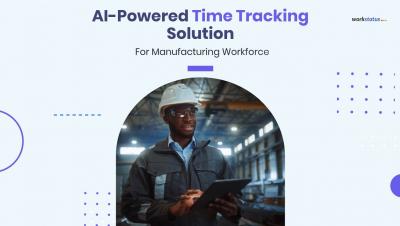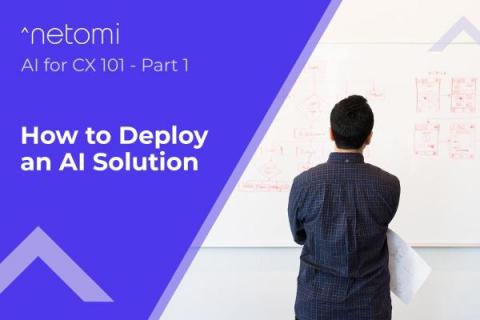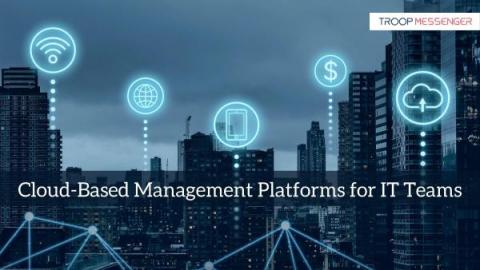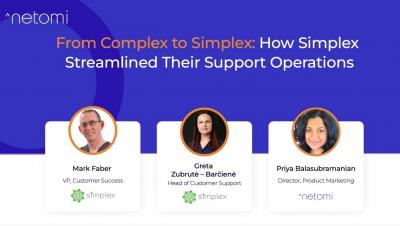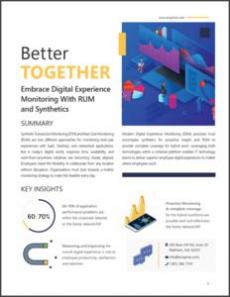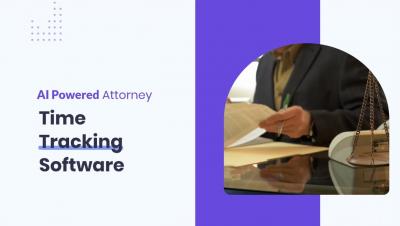Teams | Collaboration | Customer Service | Project Management
Technology
AI for CX 101: Deploy an AI Solution with Confidence
As part of our new ‘AI for CX 101’ series, we will cover what to expect when you deploy an AI solution, including how to get started on your AI digital transformation journey. Whether you’re early on in the consideration phase or deep into the process, we’re here to provide you with insights and best practices to ensure you are well-equipped to proceed with confidence.
Security and Compliance Considerations for the Public Cloud
Setting up your own servers requires a lot of up-front investment and ongoing maintenance. That’s why most technology companies today use an Infrastructure-as-a-Service (IaaS) provider for their compute needs.
Top 6 Cloud-Based Management Platforms for IT Teams
The cloud-based service market was worth more than $270 billion in 2020. In 2022, the numbers have gone up even more. Every business now wants to migrate to the cloud, and for good reasons. Cloud-based management platforms make it easier for any business to scale. At a time when every process is digitized, not opting for a cloud management platform makes very little sense. It’s the single biggest contributing factor to the success of several small businesses.
AI to Inflation-Proof Your Business?
Globally, the cost of living is skyrocketing – in the US, inflation hovers near a 40-year high, topping Americans’ concerns for the country, while Canada’s official inflation rate rose at a 6.8% annual pace this past April, a new 31-year high. Prices for everyday necessities – food, shelter and gas – are on the rise, as the COVID-19 pandemic is driving up the costs of raw materials and impacting global supply chains.
Let's Get Phygital: Redefining the Retail Customer Experience with AI
Retail, at its core, is all about connections between brands and their customers. Increasingly, AI is becoming the interface for these brand connections, and is also a necessary relationship facilitator as customer expectations evolve. Prioritizing the customer experience is now essential to driving loyalty and growing revenue, as retailers today compete on customer experience just as much as price.
From Complex to Simplex | How Simplex Streamlined Their Support Operations
Better Together: Combine Real User Monitoring with Synthetics
AI Powered Attorney Time Tracking Software
How do I calculate my salary per hour?
Have you been wondering “how do I calculate my salary per hour?” You know how much you make each year, but do you know how much you make each hour? There are two types of employees — hourly employees and salaried employees (who sometimes have PTO), and only one of them knows how much their employers are paying for them each hour of their time. But salaried employees can also have this information just by doing some simple calculations.


